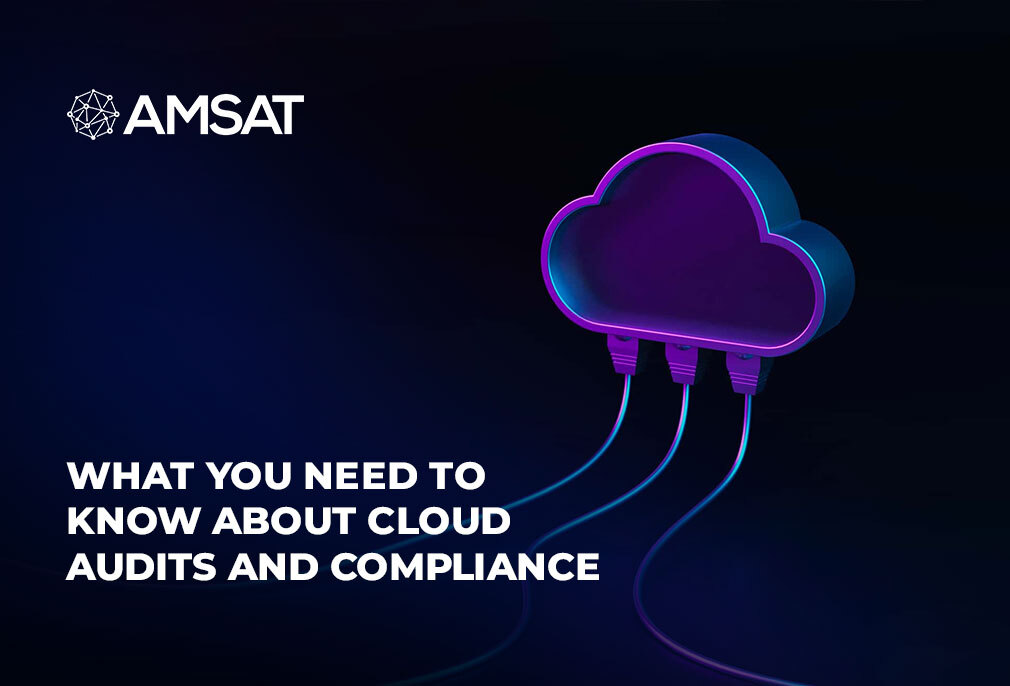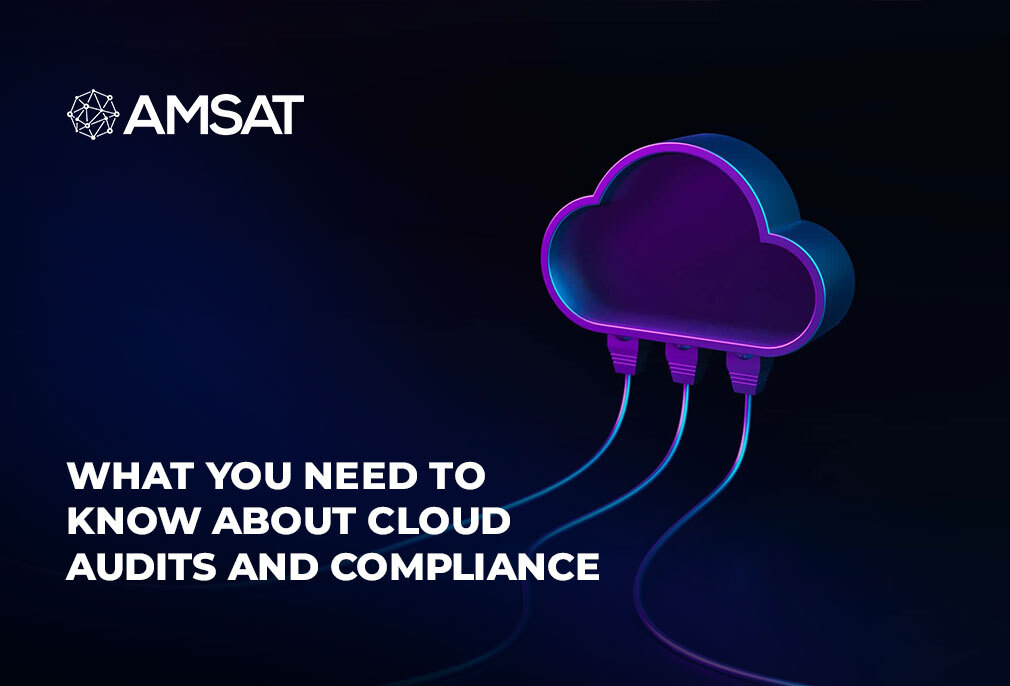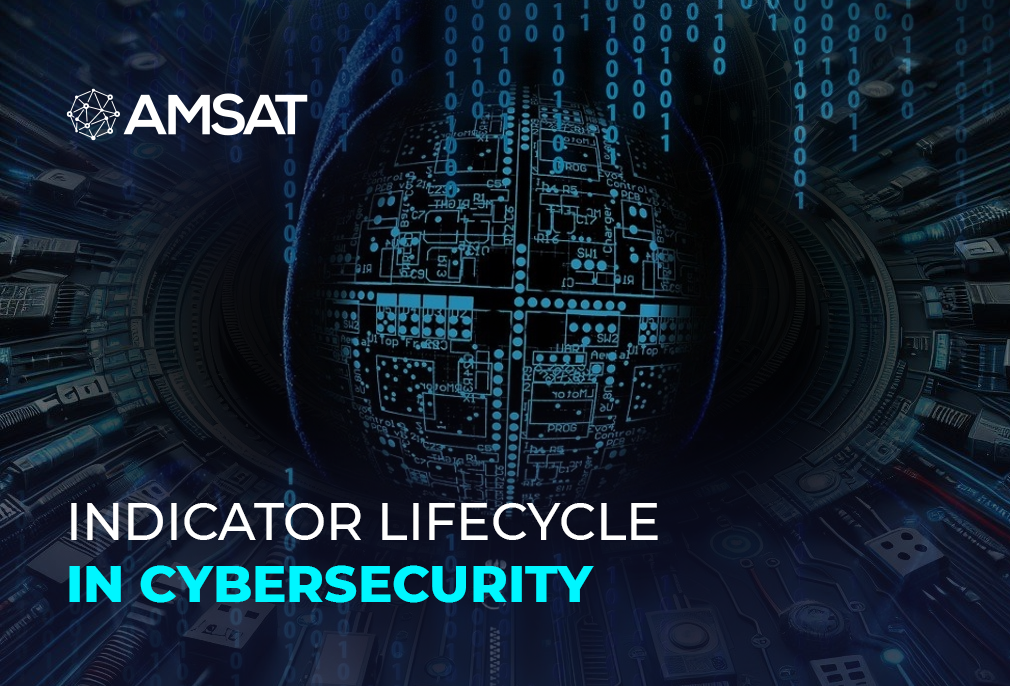Latest Blogs

By AMSAT Aug 23,2022
What You Need to Know About Cloud Audits and Compliance
Over the last decade, as cloud computing has grown in popularity, so has the maturity of the standards that govern these resources. This blog will cover the definitions of cloud computing and cloud computing audits, the goals of cloud computing, the scope of a cloud computing audit, and cloud compliance.
Cloud Computing
The National Institute of Standards and Technology (NIST) is a division of the United States Department of Commerce whose objective is to promote innovation via science, technology, and standards, including cloud computing. “Cloud computing” is defined as “a model for enabling ubiquitous, convenient, on-demand network access to a shared pool of configurable computing resources (e.g., networks, servers, storage, applications, and services) that can be rapidly provisioned and released with minimal management effort or service provider interaction,” according to NIST.
What is a Cloud Computing Audit?
An audit is when a third-party, independent group is hired to gather evidence through investigation, physical inspection, observation, confirmation, analytical procedures, and/or re-performance.
A variation of these procedures is done in a cloud computing audit in order to form a judgement on the design and operational effectiveness of controls identified in areas such as communication; security incidents; network security; system development or change management; risk management; data management; and vulnerability and remediation management.
What is Cloud Compliance?
Meeting the requirements or standards required to meet a specific certification or framework is known as cloud compliance. Industry, request for proposal, client, and other entities may all require different types of compliance. The type of cloud security and compliance standards will help find out the proper level of cloud compliance for a company.
What Is Cloud Computing Auditing, and What Are Some Audit Goals?
Businesses should make every effort to align their business goals with the audit’s objectives. This will ensure that the time and resources spent are directed toward establishing a robust internal control environment and decreasing the danger of a qualified opinion.
Auditors use objectives to get to a conclusion on the evidence they’ve gathered. The following is a sample list of cloud computing objectives that can be used by auditors and businesses alike.
Define a Strategic IT Plan: IT resources should be used in accordance with the company’s business strategies. When defining this goal, it’s important to think about whether IT investments have a solid business justification and what kind of training will be necessary during the deployment of new IT investments.
Define the Information Architecture: The network, systems, and security requirements required to protect the integrity and security of information are all part of the information architecture. Whether the data is at rest, in transit, or in the processing stage.
Explain IT processes, organizational structures, and relationships: A more stable IT environment is created through creating processes that are documented, standardized, and repeatable. Organizational structure, roles and responsibilities, system ownership, risk management, information security, segregation of duties, change management, incident management, and disaster recovery should all be addressed in policies and procedures.
Communicate Management Aims and Direction: Management should ensure that its policies, mission, and goals are conveyed throughout the company.
Evaluate and Manage IT Risks: Management should keep track of any hazards that could jeopardize the company’s goals. These could include security flaws, laws and regulations, customer or other sensitive information access, and so forth.
Recognize Vendor Management Security Controls: Businesses must evaluate risks that could influence the reliability, precision, and security of sensitive information as they depend on third-party vendors such as AWS to host their infrastructure or ADP to handle payroll.
Scope of a Cloud Computing Audit
The methods pertaining to the audit’s subject will be included in the scope of a cloud computing audit. It will also include IT general controls for organization and administration, communication, risk assessment, monitoring activities, logical and physical access, system operations, and change management.
To achieve the needed assurance that controls are created and operate effectively, an auditor is free to assess and request evidence for any of the controls described within these areas. It’s also worth noting that the controls that a vendor maintains aren’t included in the scope of a cloud computing audit.
Conclusion
Users are recognizing that their data is being hosted by other businesses, hence cloud computing audits have become standard. To address this, they’re asking various types of cloud computing audits in order to acquire assurance and reduce the chance of their data being lost or compromised.
TAGS
- cloud computing
- cloud audits
Recent Blogs
Ready to Get Started?
Our specialists are ready to tailor our security service solutions to fit the needs of your organization.











